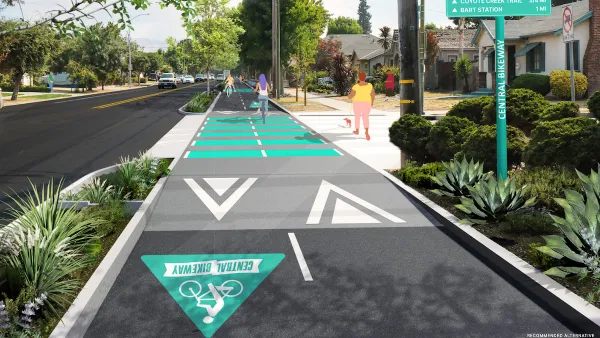California is making significant progress toward its 30x30 conservation goals, but looming federal rollbacks and gaps in biodiversity protections could threaten the state’s efforts to protect lands and coastal waters by 2030.

California is making steady progress toward its ambitious 30x30 conservation goal — an initiative to protect 30 percent of the state’s lands and coastal waters by 2030. As reported by Lila Seidman, the state has now safeguarded 26.1 percent of its land and 21.9 percent of its coastal waters, representing significant gains since the initiative’s formal launch in 2022. Recent milestones include the designation of two new national monuments — Chuckwalla and Sáttítla Highlands — and the establishment of the Chumash Heritage National Marine Sanctuary, which collectively added more than a million acres of protected land and water.
However, this progress faces potential setbacks. The Trump administration has signaled a willingness to reverse federal protections, including rolling back the designations of the Chuckwalla and Sáttítla Highlands monuments. Since nearly half of California’s land is federally owned, such reversals could jeopardize the state’s ability to meet its 30x30 targets. Conservation advocates also raise concerns about whether areas like the Chumash Heritage National Marine Sanctuary should count toward the goal, citing the allowance of certain industrial activities that may undermine biodiversity protection.
Despite these uncertainties, state leaders remain committed to the 30x30 initiative as a cornerstone of climate resilience and environmental justice. Officials are now focused on integrating privately owned inholdings into existing state parks and enhancing management plans to strengthen biodiversity protections. As climate change accelerates, the 30x30 framework is seen as a critical strategy to sequester greenhouse gases, preserve ecosystems, and safeguard resources vital to both wildlife and human communities.
FULL STORY: California moves closer to ‘30x30’ conservation goals as threats to public lands loom

Planetizen Federal Action Tracker
A weekly monitor of how Trump’s orders and actions are impacting planners and planning in America.

Silicon Valley ‘Bike Superhighway’ Awarded $14M State Grant
A Caltrans grant brings the 10-mile Central Bikeway project connecting Santa Clara and East San Jose closer to fruition.

Amtrak Cutting Jobs, Funding to High-Speed Rail
The agency plans to cut 10 percent of its workforce and has confirmed it will not fund new high-speed rail projects.

Planting for Change: How Trees Are Powering Climate Action
"Combating Climate Change with Trees" highlights how Southern California communities are strategically planting and nurturing urban forests to cool neighborhoods, improve air quality, and advance environmental justice.

Could Planners Adopt a 'Place Sherpa' Role?
Building upon the framework of a local housing panel, Chuck Wolfe suggests that advocacy and policy discussions would be enhanced by a “sherpa mindset” that focuses on lived experiences, facilitates applied knowledge of urban places, and promotes stakeholder discussion.

California Advances Its 30x30 Conservation Goals
California is making significant progress toward its 30x30 conservation goals, but looming federal rollbacks and gaps in biodiversity protections could threaten the state’s efforts to protect lands and coastal waters by 2030.
Urban Design for Planners 1: Software Tools
This six-course series explores essential urban design concepts using open source software and equips planners with the tools they need to participate fully in the urban design process.
Planning for Universal Design
Learn the tools for implementing Universal Design in planning regulations.
Caltrans
City of Fort Worth
Mpact (founded as Rail~Volution)
City of Camden Redevelopment Agency
City of Astoria
City of Portland
City of Laramie





























